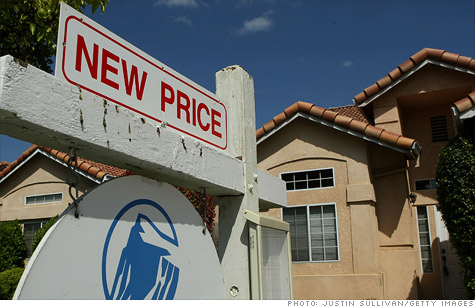HIGH SCHOOLS: South Pasadena’s Kieffer-Wright jumps to state title
CLOVIS – The drought, albeit a short one, is over.
For the first time in two years, South Pasadena High School’s Claire Kieffer-Wright is bringing home a CIF State track and field championship thanks to a gutsy performance in the high jump in front of 7,123 at Buchanan High School.
Kieffer-Wright, a sophomore, made giant strides since narrowly qualifying for the state prelims at the Masters Meet on May 25 as she hit the winning mark of 5 feet, 10 inches. She is the first West Valley state track champion since Sam Pons, now running at Princeton, won the 3,200 meters two years ago for South Pasadena.
In a show of true perseverance, Kieffer-Wright wasn’t deterred despite missing the opening jump of 5-3.
“It was really nerve-wracking missing my first attempt,” she said. “I was a little shaky but I knew I had to compete. That’s the main thing in the high jump besides form and technique, to be able to brush off mistakes and be mentally tough.”
After clearing the winning mark, Kieffer-Wright opted to continue and made an attempt at clearing 6-0 3/4, the qualifying mark for the Olympic trials “B” standard. Kieffer-Wright made two attempts and ended there because of back problems, but the mere fact she had the opportunity to do so showed how much she’s accomplished in just one year.
The East Valley also had a representative sitting atop the podium as Damien’s Jarrett Gonzales won the state title in the 300 hurdles with a mark of 37.30 seconds.
Gonzales made quite a turnaround, from not even reaching the Sierra League finals because of an injury to ending a decorated career as state champion.
Gonzales said a gust of winds right off the blocks worried him a bit, but it wouldn’t be long before he hit his full stride.
“Coming off the last hurdle on the curve and just opening up my stride and sprinting all the way through,” Gonzales said when asked when he felt the race was his.
He didn’t break a personal mark, but the UCLA-bound Gonzales said it was an amazing accomplishment. He pulled a left hamstring and rolled his left ankle in a meet before the start of league his junior season.
“I had an opportunity to run at the world youth trials,” Gonzales said. “I asked my coach and he said I should recover and rehabilitate.”
The move paid dividends.
In the same race, Diamond Ranch’s Andrew Fischer finished ninth with a time of 38.35.
Maranatha’s Ebony Crear accomplished her goal of reaching the state finals in the 100 hurdles. She finished seventh in 14.18.
Crear, the sophomore daughter of two-time Olympic medalist Mark Crear, almost didn’t finish the race.
“The third hurdle I hit it with my right leg and buckled,” she said.
“But I’m just happy I was able to recuperate and keep going. Just do my best because I hit the hurdle.”
In the 400, Arcadia’s Alex McElwee finished seventh with a time of 48.86 while San Marino’s Kyle Ezold, in his first year running track, came in eighth at 49.50.
Bonita sophomore Nikki Wheatley finished eighth in the triple jump with a mark of 37-8 3/4.
La Salle’s Daniel De La Torre got off to a strong start in the 1,600, but it all went wrong 800 meters into the race.
“My muscles started tightening up,” he said.
De La Torre was visibly disappointed with the result, a ninth-place finish in 4:16.38, but he bounced back strong in the 3,200, the final event of the night. He finished fourth with a time of 9:06.60. Arcadia’s Sergio Gonzalez, who scratched from the 1,600 preliminaries, finished fifth at 9:10.46.
De La Torre was about a minute off his personal mark, and though he earned a medal and a spot at the podium it wasn’t enough to bring a smile to his face.
“Whoever aspired to be fourth … not very satisfying for me,” he said. “I never aspire to be that. I use my failures to succeed and help me next year. I plan on winning state next year for cross country and track I want it more than I want to breathe.”
De La Torre, in his first real year of track after several injuries his sophomore year, finished third at the state cross country meet last year.
“I just have a lot more to prove,” he said. “I’ll prove myself next year.”




![[SB10001424052702303640104577438521856489182]](http://s.wsj.net/public/resources/images/OB-TE231_0601BC_D_20120531130018.jpg)

![[AOT]](http://si.wsj.net/public/resources/images/MI-BP263_AOT_NS_20120529174504.jpg)

© 2013 The Peral Group